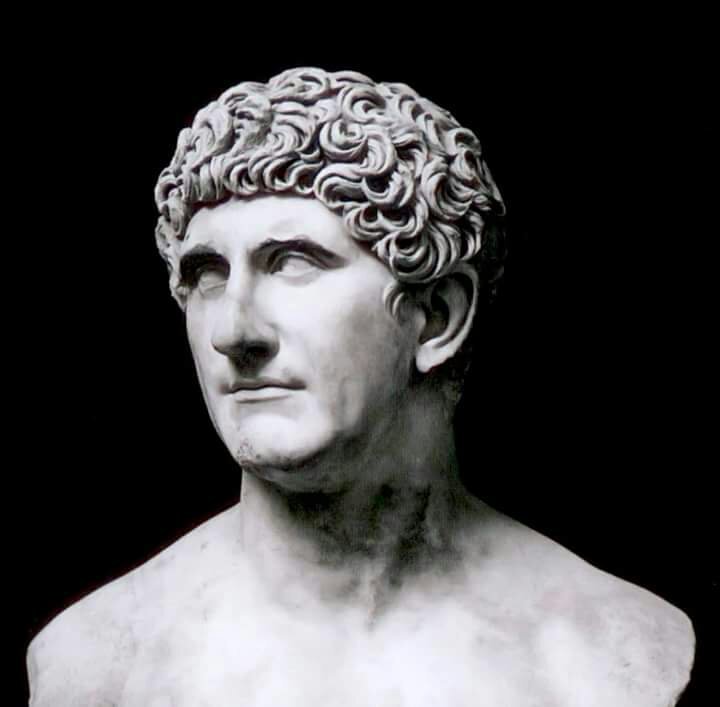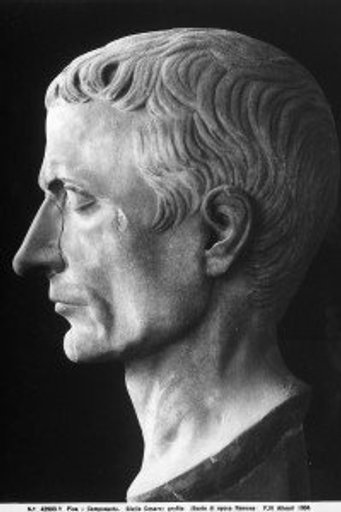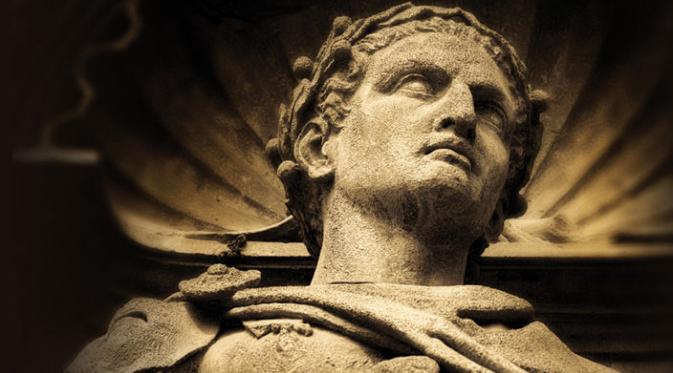

The square, once named Piazza Giulio Cesare in Caeasar’s honour, also has a bronze statue. Stone pillar from the 1500s commemorating the speech said to have been made by Julius Caesar to his troops after his famous crossing of the Rubicon, Rimini, Italy The inscription reads: Gaius Caesar, dictator, after crossing the Rubicon during the civil war, addressed his fellow soldiers here in the forum of Ariminum. In Rimini, a monument in Piazza Tre Martiri marks the place where Caesar allegedly harangued his troops. Tradition dictates that Ariminum’s forum was the scene for Julius Caesar’s famous speech to his soldiers when he uttered the words “ alea jacta est”. Street signs marking the northern boundary of Italy, Roman bridge over the Rubicon river, Savignano sul Rubicone, ItalyĪfter crossing the Rubicon, Caesar advanced to Ariminum (modern-day Rimini), the first city outside his province. Modern statue of Julius Caesar next to the Roman bridge over the Rubicon river on the Via Aemilia, Savignano sul Rubicone, Italyĭuring Caesar’s time, the river Rubicon marked the boundary between the Roman province of Cisalpine Gaul to the north-east and Italy proper. After Caesar’s crossing, the Rubicon remained a geographical feature of note until about 42 BC, when Octavian merged the Province of Cisalpine Gaul into Italia and the river ceased to be the extreme northern border of Italy. It is a copy of the statue placed by Benito Mussolini on the Via dei Fori Imperiali in Rome. Roman bridge over the Rubicon river on the Via Aemilia, Savignano sul Rubicone, ItalyĪ modern statue of Caesar stands next to the bridge. The reconstruction of the bridged started in the 1960s and was completed in 2005. Over the past centuries the old bridge underwent various modifications and alterations but the worst damages were made by the German army in 1944, when they mined the pillars of the bridge. Roman bridge over the Rubicon river, Savignano sul Rubicone, Italy The exact date of construction of the current bridge is unknown but probably dates from the era of Augustus or Tiberius. In his De Vita Caesarum ( 1.31.6), Suetonius, who served briefly as secretary to Hadrian, reports the following Julius Caesar’s words: “Even yet we may draw back but once cross yon little bridge, and the whole issue is with the sword.” The small bridge ( ponticulum) of Caesar was most likely made of wood. However the bridge does not date to Caesar’s time. The most famous monument of the city is of course the three-arched Roman bridge (26 m long and 6 m wide) which recalls this historical event. Today, if you want to cross the Rubicon (or what is the most likely location for the original Rubicon), you need to go to Italy in the Region of Emilia-Romagna, in Savignano sul Rubicone which is located halfway between Cesena and Rimini, along the Via Emilia and the Bologna-Rimini railway. The distance given in the Tabula of 12 miles from Ariminum (modern-day Rimini), coincides exactly with the distance of the Fiumicino from that city. It was not until 1933 that the Fiumicino, which crossed the town of Savignano di Romagna (renamed Rubicone by Mussolini), was identified as the former Rubicon. This theory was not proven until some 58 years later in 1991 when three Italian scholars, using the Tabula Peutingeriana – a medieval copy of a Roman road map – and various ancient sources, were able to prove the location of the original Rubicon. Three rivers in north-east Italy were successively thought to be the historical Rubicon the Pisciatello, Fiumicino and Uso rivers.

The Rubicon has been one of the world’s most famous rivers ever since Julius Caesar crossed it. Last June, I travelled along the Via Aemilia in the footsteps of Julius Caesar, crossing the river and following the soon to be dictator’s path towards Rome. The Green Caesar, Greywacke from Egypt, 1 – 50 AD, Altes Museum Berlin According to the historian Suetonius, Caesar uttered the famous phrase ālea iacta est (“the die is cast”).

Taking the 13th Legion over this forbidden frontier constituted an act of treason and triggered civil war in Rome.

On this day (10th January) in 49 BC, Julius Caesar and his troops famously crossed the Rubicon, the river marking the boundary between the province of Cisalpine Gaul and Italy.


 0 kommentar(er)
0 kommentar(er)
